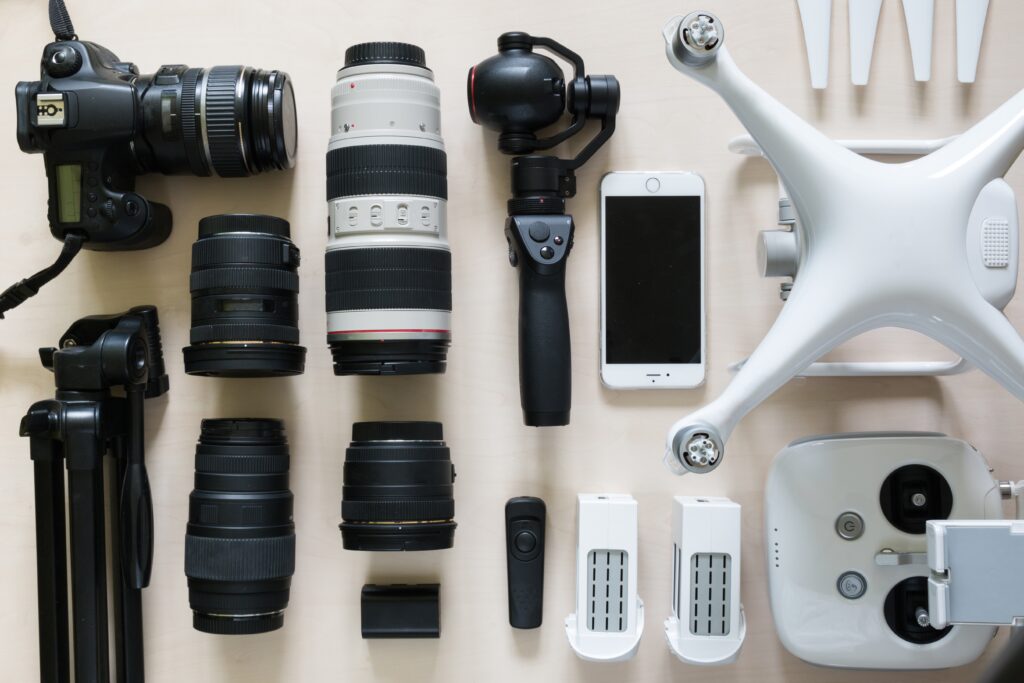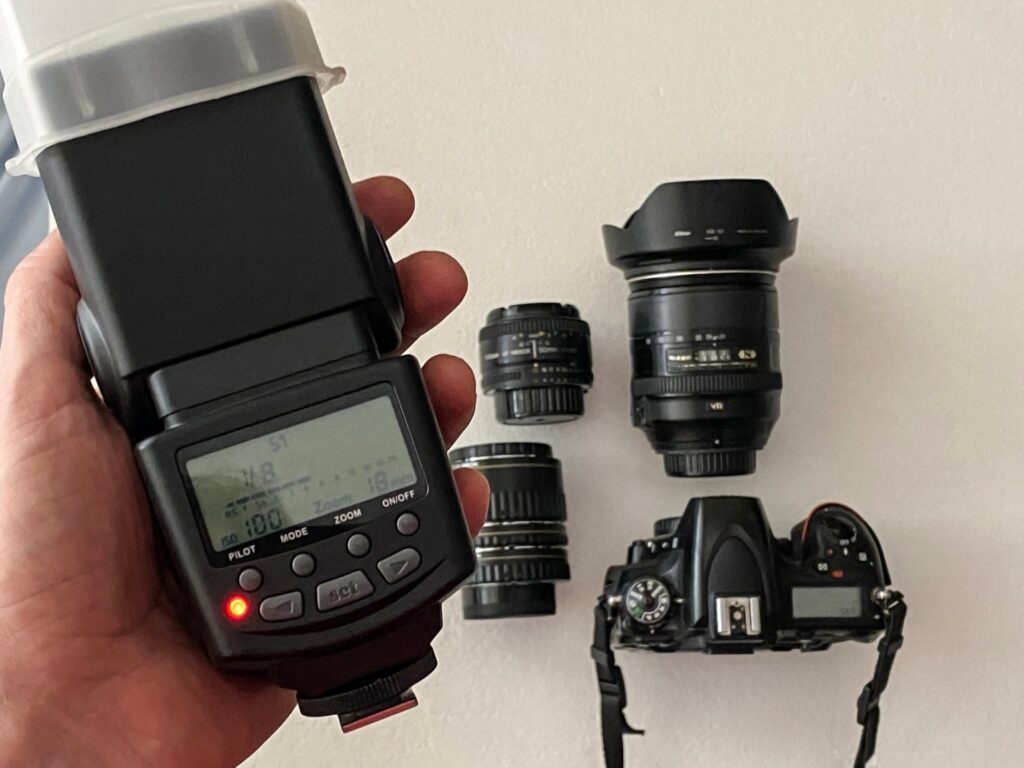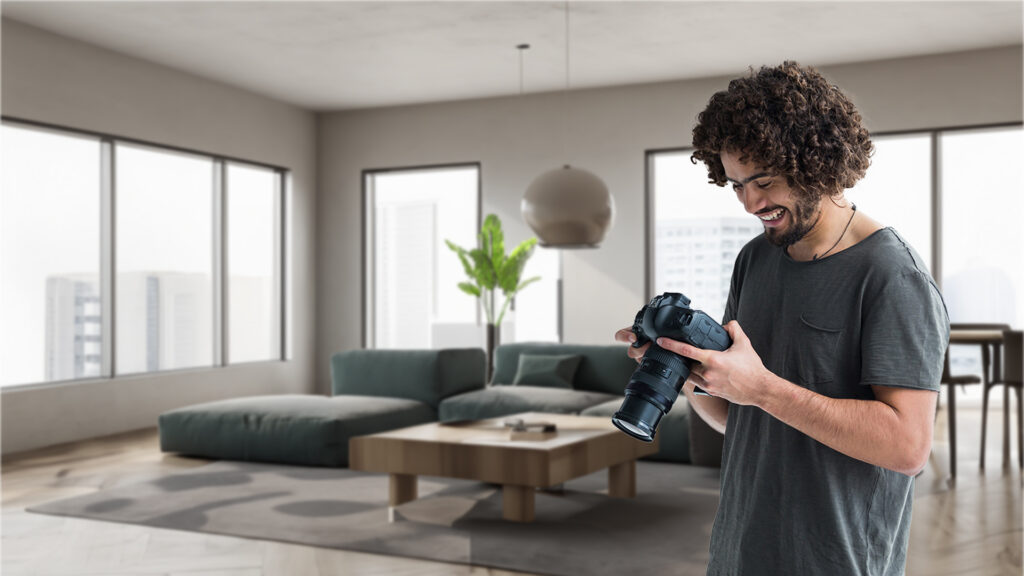Snap, Click, Sell: Your Quick Guide to Real Estate Photography
If you’re a budding photographer looking to diversify your business, entering the realm of real estate photography can open up an exciting new avenue. This quick guide provides you with a crash course on how to create images that not only captivate but also compel potential buyers to take action.
Gearing Up: Essential Equipment for Real Estate Photography

When embarking on your journey into real estate photography, it’s crucial to arm yourself with the right gear.
The foundation of any photographer’s toolkit is the camera. A DSLR or mirrorless camera is indispensable, giving you the ability to manipulate exposure and depth of field to create stunning shots.
In addition, a wide-angle lens, ranging from 10-24mm, is a necessity in real estate photography. This lens allows you to capture an entire room in one frame, providing a comprehensive view of the space to potential buyers.
It’s equally important to have a reliable tripod on hand. This piece of equipment guarantees that your images remain crisp and clear, particularly in less than optimal lighting situations. Look for a durable tripod that offers adjustability in both height and angle to cater to various shooting scenarios.
Rounding out your essential gear, an external flash and reflectors are crucial components. They play a key role in creating balanced lighting within your photos. Using these tools can help you dodge the issue of harsh shadows, a topic we will explore further in the next segment.
Armed with this essential equipment, you’re well on your way to making your mark in the real estate photography sector.
Lighting Matters: Playing with Natural and Artificial Light

The impact of light on a photo cannot be overstated.
Natural light should be your first choice, illuminating spaces organically and revealing authentic colors. However, circumstances such as time of day or weather conditions may limit its availability.
In such scenarios, you’ll need to make the most of your external flash. Avoid using it directly on your subject as it can produce sharp shadows, making the space look harsh and uninviting. Instead, aim it at a wall or ceiling to create a soft bounce of light that fills the room. The use of reflectors can further enhance this technique by spreading light evenly across the space.
Don’t shy away from twilight shooting sessions. The interplay of warm indoor lights and cool outdoor light at this time can yield eye-catching exterior shots. These photos can infuse a property with a sense of warmth and invitation, adding a touch of luxury to the listing.
Mastering light manipulation in real estate photography is about finding balance, understanding how to complement natural light with artificial sources, and utilizing tools such as your flash and reflectors effectively. As you experiment with different lighting conditions, you’ll discover a whole new level of creativity in your craft.
Composition and Angles: Seeing the Bigger Picture

In real estate photography, the way you frame your shots can profoundly influence the narrative you’re trying to portray.
Utilizing a technique such as shooting from a room’s corner can give viewers an extensive perspective, enhancing the perceived roominess—a significant selling point in this field.
Position your camera at approximately chest height. This strategy helps to maintain an undistorted view and preserves the straightness of your vertical lines. Pay attention to the arrangement of the room’s elements, such as furniture and décor. A neat and balanced setting generates an appealing image that attracts potential buyers.
Ultimately, your objective is to assist viewers in visualizing themselves occupying the space. Thus, selecting angles and compositions that underscore the property’s distinct characteristics is crucial to differentiate it from other listings.
Keep experimenting with different perspectives and settings. A fresh, creative approach can lead to unexpected, striking results. Remember, each property is unique, and the best way to highlight its singularity is through your creative vision and technique. A well-composed shot is not merely aesthetically pleasing; it’s a powerful tool that can make a property truly stand out in a competitive market.
Networking and Marketing: Growing Your Business

Successful real estate photography isn’t solely about mastering the technical aspects of your craft.
Building fruitful relationships with those in the property business – such as real estate agents, property managers, and homeowners – is equally important.
Consider frequenting local real estate gatherings where you can engage with industry experts. Such interactions can lead to valuable referrals and ongoing partnerships, which are crucial in establishing your reputation and generating repeat business.
In the digital era, maintaining a robust online presence can’t be overlooked. Having a professionally curated portfolio to showcase your best real estate photos is crucial. Make sure this collection is easily accessible through your own website and on social media channels. Regularly sharing your work online not only helps to draw in prospective clients but also reinforces your credibility within the field.
Always remember, the real estate photography business is a dynamic one. To remain relevant and competitive, it is essential to keep up-to-date with current trends, innovative techniques, and emerging equipment. With commitment and continuous learning, you can indeed turn your love for photography into a thriving real estate photography venture.
Ready to sell your property? Give us a call today and learn more about our professional photography services and marketing that can boost your property listing!
Plus, explore our virtual assistant coaching program to level up your business. Don’t forget to tune into our new podcast for even more valuable insights!
